As the world grapples with climate change and what increased natural catastrophes mean for the foundations of modern property insurance, Australia has taken practical steps towards mitigation. Under the aegis of the Australian Reinsurance Pool Corporation, Australia has established a cyclone pool to help lend stability to the commercial reality of offering protection in an increasingly uncertain world.
In late May, the Australian Reinsurance Pool Corporation (ARPC) organised a cyclone risk insurance seminar within the august precincts of New South Wales State Parliament in Sydney.
The event was attended by an impressive cross-section of the insurance industry, both in person and online, and offered a peek under the hood of the recently-established national cyclone pool as well as some context that explained why Australia needs such a pool.
The pool came into existence in 2022 and the experience derived from it could offer insights for other nations considering initiating a similar response.
Annual event
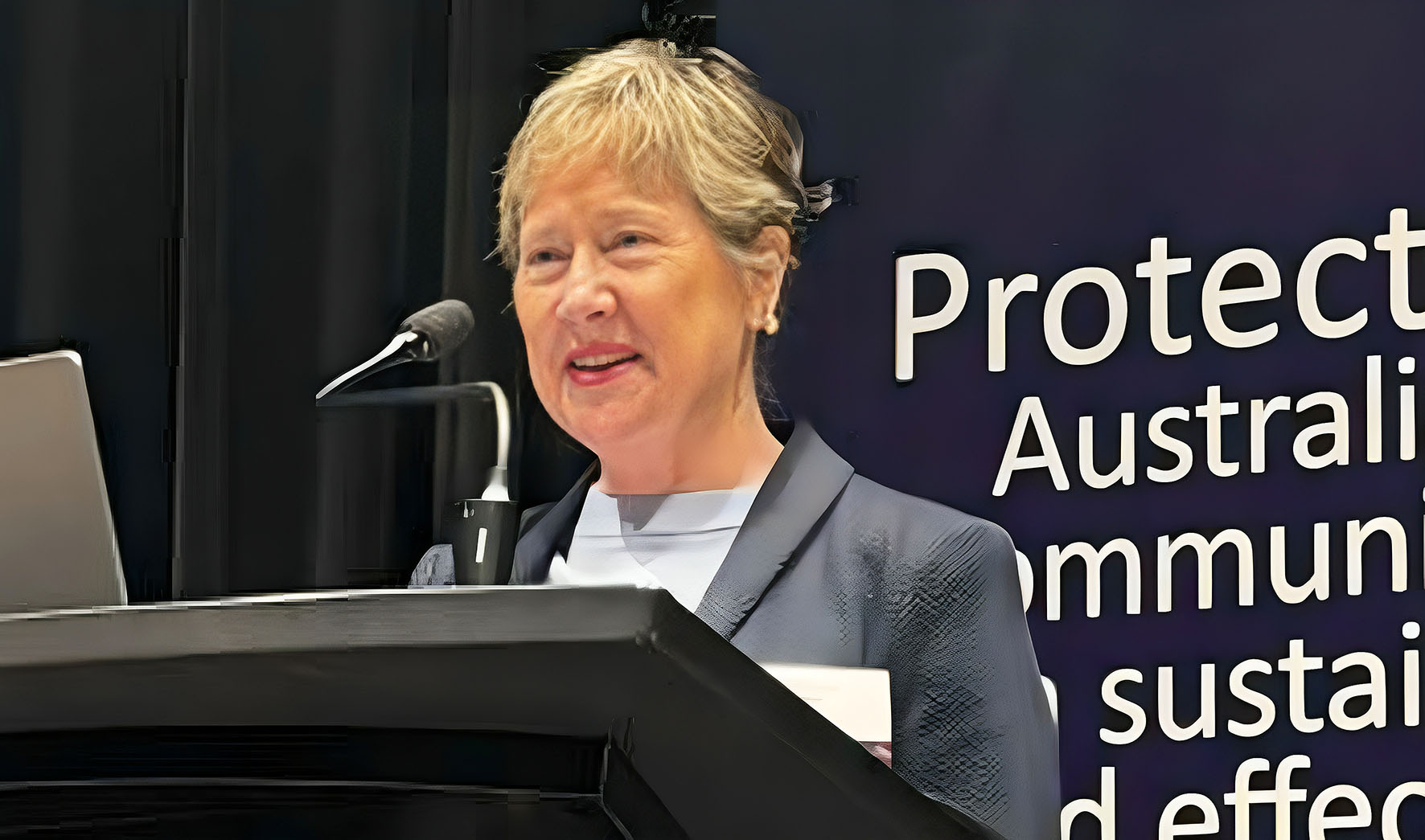
ARPC chair Julie-Anne Schafer opened the inaugural event. “This is going to become an important part of our calendar and gives the opportunity to share the views and reports of experts in the area of cyclone response, readiness and mitigation,” she said.
“ARPC is strongly positioned to deliver on our purpose, which is to protect Australian communities with sustainable and effective reinsurance for terrorism and cyclone events,” said Ms Schafer.
“To enable that, we seek to build strong relationships with the insurers that do business in cyclone-prone areas across Australia. We have successfully onboarded all large insurers into the cyclone pool, as required by our legislation. Approximately 95% of the insurance market is now covered by the cyclone pool during 2024. The remainder of this year will [see us] complete the onboarding of smaller insurers on to the cyclone pool.”
Ms Schafer pointed to the ARPC financial outlook report published in December 2023. “The highlights from this report include parts of regional Australia such as Broome, Townsville, Proserpine and Mackay are generating quotes for home insurance that are up to 38% lower than they were prior to the pool’s creation in 2022. Small business quotes for the same areas are reporting average premium reductions of 38%.”
This data is from online quotes, Ms Schafer said, not premiums paid, but offer early signs of success.
Year of cyclones
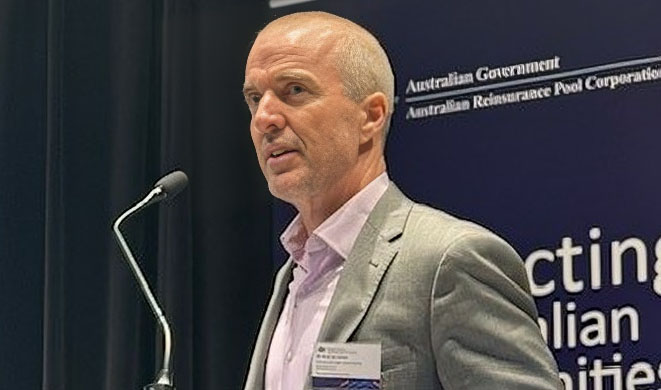
Australia’s Bureau of Meteorology (BOM) general manager international development Andrew Jones then offered a briefing on tropical cyclones for 2023-24.
Addressing the insurance sector, Dr Jones said, “There’s potential for us to serve you better with better information tailored to your needs. We’re a customer-driven organisation and if we’re not producing things that are useful and usable to you, we’re not doing our job.”
Dr Jones said, “Going back over 50 years’ worth of data, we can see that the number of tropical cyclones has been decreasing. Why? Unfortunately, I don’t have an answer for you.”
Dr Jones went on to talk about BOM’s new seven-day forecast product. “Previously we had a text-based regional outlook that was two to three days ahead. Now we’ve got a graphic interface which gives the likelihood of [an event] being a tropical cyclone and then a forecast description over the next few days.
“There also is a real-time event-data product, a machine-readable product. This is a way of trying to systematise it for everyone in Australia: All sectors, all industries, all people, so that they can at least get a heads up that something might be coming,” he said.
Dr Jones ended by asking for critical feedback on the new seven-day product in order that it can be refined and improved further.
Problem of underinsurance
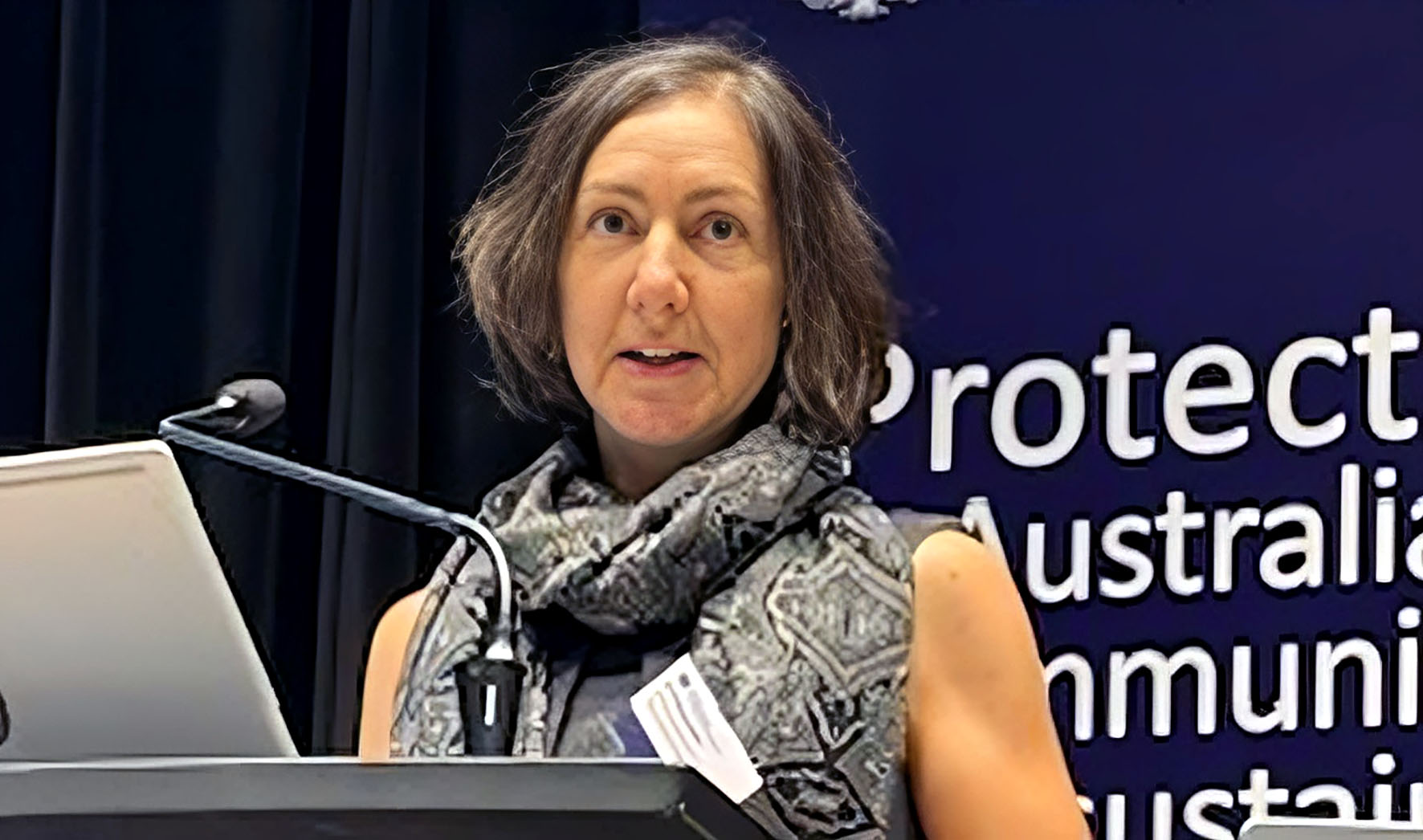
With a focus on the impact on people, University of Melbourne research fellow Dr Antonia Settle looked at the social impacts of climate change and under-insurance.Dr Settle offered background on under-insurance and issues emerging from analysis of the Household, Income and Labour Dynamics in Australia (HILDA) survey data.
“It was quite clear that insurance is discretionary spending, especially if you’re highly leveraged and don’t have much slack in your budget,” said Dr Settle. “That’s a relationship that we found up and down the income distribution. Underinsurance is a major issue and it’s growing.”
Dr Settle focused on who pays for climate risk and talked about the problem of adjusting housing stock to new climate risks. “The thing that carries over from that HILDA analysis is the qualitative shift in insurance coverage. HILDA data confirmed that households aren’t cutting their insurance altogether, but they’re seriously downgrading their coverage.”
This includes cover with more exclusions and lower sums insured. There was, “A broad shift towards cheaper policies as affordability pressures bite … essentially more unintentional underinsurance,” she said.
And the effects of flood damage, for instance, go far beyond simple rebuilding costs.
“It’s their home that’s on the line - the most important asset on the household balance sheet,” she said. “Having the insurer organise accommodation and rebuild homes is exactly what households need, especially in the kind of disaster context that we will see intensifying as climate risk grows.”
The ongoing inquiry in federal parliament shows the scale of the problem. “It’s largely a disaster context problem,” she said. “The dreadful household experiences are, in large part, a symptom of an insurance system designed to respond to isolated incidents,” she said, rather than systemic natural catastrophes.
“When there’s a disaster, there’s a huge spike in claims and the system breaks down,” she said. Ordinary insured households pay the price for this system breakdown, which is expressed in long disputes ending in inadequate cash settlements.
“Cash settlements are a default outcome of a claim gone wrong … and that’s not insurers being nasty or greedy. It’s about the system not being able to deal with the disaster context and not being built for the patchy, cheap policies that households turn to because of the affordability problem.”
The solution is “to reduce risk in the system, and that requires building back better … You can’t really be ESG compliant if you’re building back the same low-efficiency, high-climate-risk housing,” she said.
NEMA
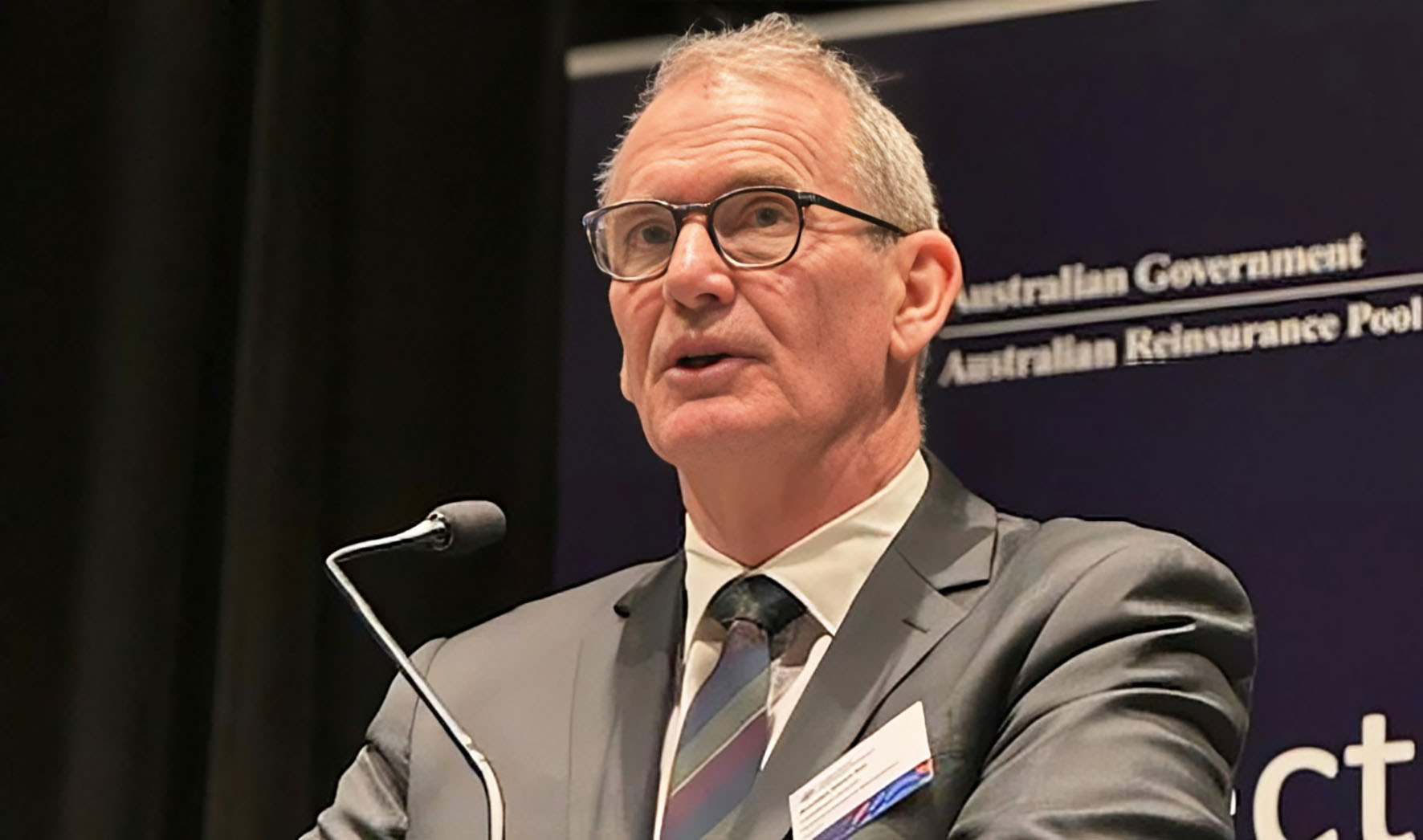
National Emergency Management Agency (NEMA) coordinator general Brendan Moon AM offered an overview of the role of NEMA, an end-to-end enduring emergency management agency that supports communities in times of emergency while also preparing Australia for future disasters.
Mr Moon invited insurers to reflect on the last 15 years and “how you’ve responded, how you’ve assisted your community and your industry recover from some sort of event.”
“The impact is not restricted to the northern parts of Australia,” said Mr Moon. “But if we just look at northern part of Australia since 2006 across many of our most vulnerable, most remote communities, it’s important to underline the importance of the work the ARPC does in this space.”
Mr Moon noted “roughly four cyclones a year … on top of that are bushfires, floods as a result of cyclones … these are some of the challenges we find in many of these remote communities, but also in some of our large resource projects as well … this permanent cycle of response and recovery. Where are the decision-making tools? Where is the investment in risk reduction and making them more resilient into the future?”
NEMA’s role is not one-size-fits-all, he said. “It’s about building a system that can deal with the needs of all of those communities, quite often time constrained, resource constrained and in remote regions.
“One of the things that underpins all of those examples is that the impact of those significant cyclones and the impact they have on those communities in terms of their connectedness to the outside world really impacts their ability to recover, but also to think deeply about how they reduce risk in their community into the future,” said Mr Moon.
Mr Moon stressed the role of NEMA as being national. “NEMA’s objective,” said Mr Moon, “is to develop a system where it is not just NEMA contributing to this system. It’s a system made up of many players, local government, community level, state level and even the insurance sector. We need to develop a system here in Australia if we are going to start to deal with natural hazard risk and its intersection with climate change.”
He went on to say, “We will shortchange our communities if, as we respond and recover, we are not making them safer at the end of it. That’s one of the most difficult conversations I’ve ever had in a community that has been impacted by a big disaster. They say, ‘You have spent all this money in terms of response and recovery, but are we safer at the end of it?’ There needs to be a big focus on that here in Australia.”
“How do we prepare this nation for the really large events that we may experience into the future? … That’s why this partnership with the insurance industry is so important. Reinsurers are now joining us to be part of that conversation,” he said.
Cyclone pool data

ARPC head of actuarial Pulkit Jain offered insight derived from ARPC’s cyclone pool data.“With almost all the large insurers now on board, and some of the small insurers, we’ve got 97% of the ultimate expected residential home exposure,” said Mr Jain. “We’ve got two-thirds of the SME book and 93% of the strata portfolio. Of the small insurers that are still to join, we’re expecting them to join by the end of this calendar year.
“Overall, we are expecting to cover about 3m properties in the home residential book in cyclone-prone regions, 87,000 small businesses and 73,000 strata properties. We’re expecting to earn about A$600m ($401m) of premium by the end of the 2024 financial year, driven mostly by A$523m in the home book,” he said.
ARPC collects detailed policy, property and claims characteristics at an individual location level from insurers.
“That means if an insurer writes a risk that is eligible for the pool, we’re going to collect information about its location, property and policy, information about its uninsured access, whether it’s got coverage for flood and storm surge,” said Mr Jain.
The pool data is a rich source of information, including “the exposure profile of the built environment”.
Exposure profile
Mr Jain pointed to a recently-published report on the ARPC website which provides statistics about the cyclone pool, both in terms of premium and exposure.
“It’s got useful information that might be of interest to stakeholders, both within and outside the insurance industry, that are interested in finding out more about cyclone risk and the built environment.”
To quantify this, Mr Jain said, “We estimate that you are discounting annual premiums by about A$5.4m, but that’s really just the beginning. We think that number is only going to grow over time, as more insurers update their systems to collect this information, and more policyholders start to provide this information to insurers.”
ARPC has a legislative requirement to incentivise risk mitigation and the mechanism to do that is through the premium rates in the cyclone pool.
“The way that we’ve done that is, firstly, by providing discounts for home properties that have undertaken property level mitigation. We’ve also recognised community-level mitigation, such as flood levees, where we’ve got the data to do that in our premium rates.”
Mr Jain went on to discuss the long-term robustness of the pool.
“Starting with the A$400m of assets we’ve built up over the next 10 years … there’s approximately a 10% chance that the pool will continue to accumulate assets and end up roughly around A$5bn. But equally, on the downside, there’s about a 10% chance that we’ll have large events, and we’ll end up with in a deficit position greater than A$5bn and a 5% chance that we’ll have really extreme events and end up closer to -A$15bn. If we do have events that exceed the built-up assets, the commonwealth guarantee that we can call on will ensure that we’ll be able to continue to meet our contractual obligations,” he said.
The data reveals other important lessons.
“One of the secondary applications of the exposure to data … is that we’re in a unique position to estimate non-insurance. We start by forming a view of what the insurable market looks like at an individual location level … We’ve had a look at how natural-hazard risk might be affecting insurance take-up and how different socioeconomic factors might be impacting insurance data as well,” he said.
New business premiums
ARPC recently released a report about cyclone premiums and online insurer quote data.
“This analysis used online premiums for seven insurers, and we collected 1,500 quotes for each insurer each quarter,” said Mr Jain. “What we can see, for the medium- and high-risk properties in particular, is that there’s been some quite significant reductions in premiums since October 2022. For the highest wind-risk properties, premiums are down by 35% compared to the starting point.”
Mr Jain offered some final thoughts.
“ARPC is collecting a comprehensive dataset of the insured population in cyclone-prone regions. We expect cyclone-pool experience to continue to differ materially from premiums collected year-on-year, and we need to think about the premiums to be sufficient over the long term. It’s clear that wind risk, flood risk and socioeconomic factors are important drivers of the high non-insurance rates we’re seeing in northern Australia, but there’s more work for us to do to unpack this further,” he said.
Wrap up
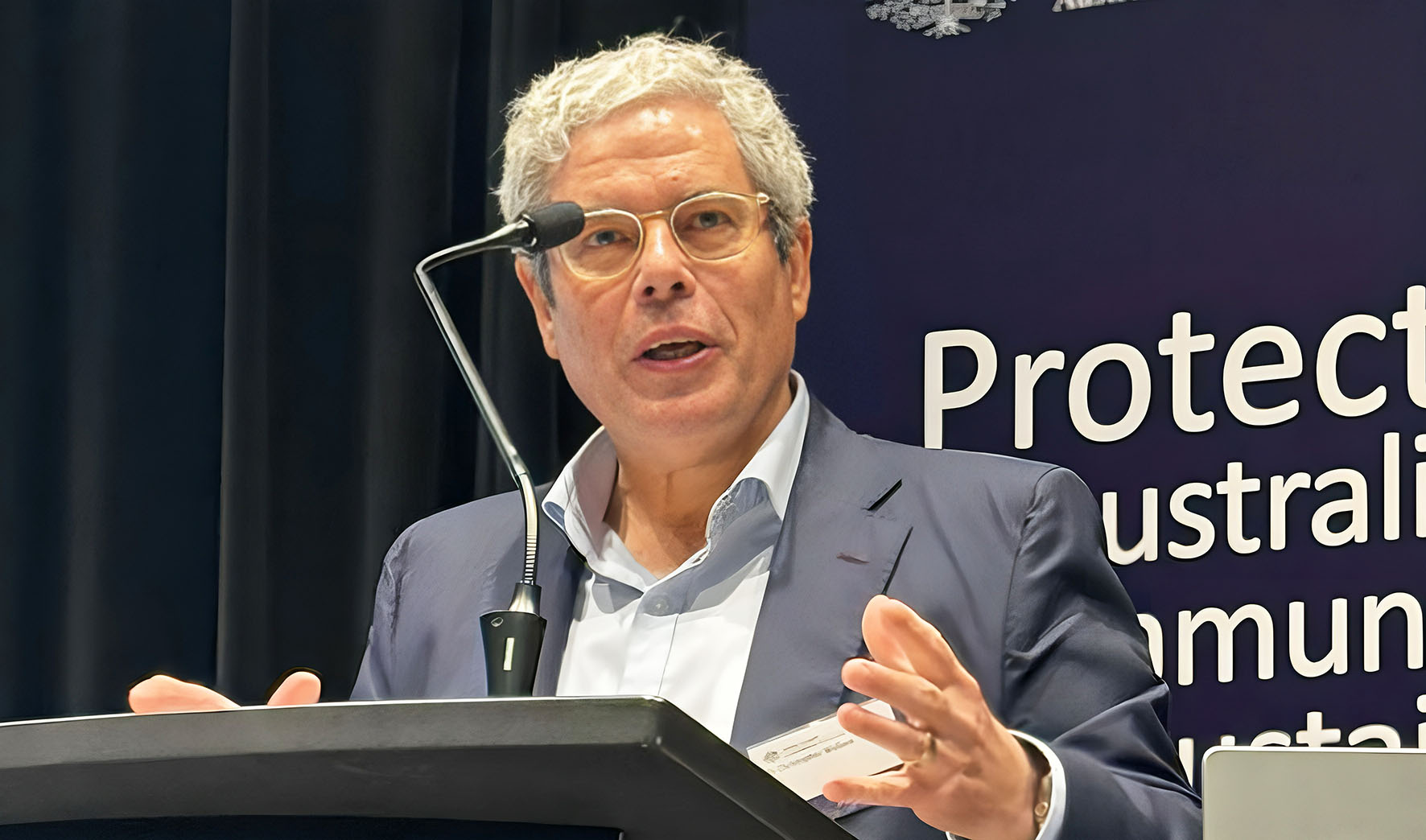
ARPC CEO Christopher Wallace provided a useful summary for delegates – and began by thanking Dr Jones “for the very interesting meteorological outlook … the really interesting bit is that tropical cyclones are very gradually moving poleward south slightly. Those sorts of issues are going to become increasingly important over the next decade.”
ARPC already works closely with BOM. “It is very important to note the process around declaring the starts and ends of cyclones,” said Dr Wallace. “The dates are all legislated. There’s a process that we have to follow, and the dates can’t change.”
He said the BOM’s “new products around seven-day forecasts are very interesting and very informative. There was much more media reporting in this cyclone season than previous ones because of all that information was available and the media were certainly picking up and reporting it.”
Commenting on Dr Settle’s presentation, Dr Wallace said, “I don’t know how to solve this problem around non-insurance, under-insurance and the impact on community and the fact that our housing stock is not in a great spot … We’re really surprised by the level of non-insurance.”
The next ARPC annual report to be published will show that “we expected a third more income in the last financial year than what we’re receiving because of the level. It’s lower by a third because we didn’t expect so much non-insurance,” he said.
Dr Wallace acknowledged the critical role of NEMA. “Increasingly, there’s such importance now coming into all conversations around the financial management of disasters because it’s impacting everyone. All of us are part of the response because we have to pay for it as taxpayers. We have a social interest in making sure that the physical recovery and the financial recovery actually work.”
“ARPC has some very rich data thanks to insurers who provide that through the process of the cyclone pool. It is de-identified and aggregated and we are going to be sharing that across government to be able to improve disaster-risk management and to help with the development of government policy to improve our country.
“Everyone focuses on the premium reductions ... It’s quite important to consumers and it is an objective of the scheme, but you could also look at the broader policy objectives. A lot of it’s about this sharing of data. I hope that came across in the discussions about the importance of data to make better decisions,” said Dr Wallace. “I hope that ARPC can contribute by being able to share that to the whole of our society in a way that helps us all make better decisions and gets better outcomes.”
Dr Wallace’s last point addressed sustainability of the pool.
“It has a guarantee of support from the government. We are part of the government. We do publish a financial outlook report, which talks directly to this point around the sustainability of the pool, and I encourage everyone to read that,” he said. A